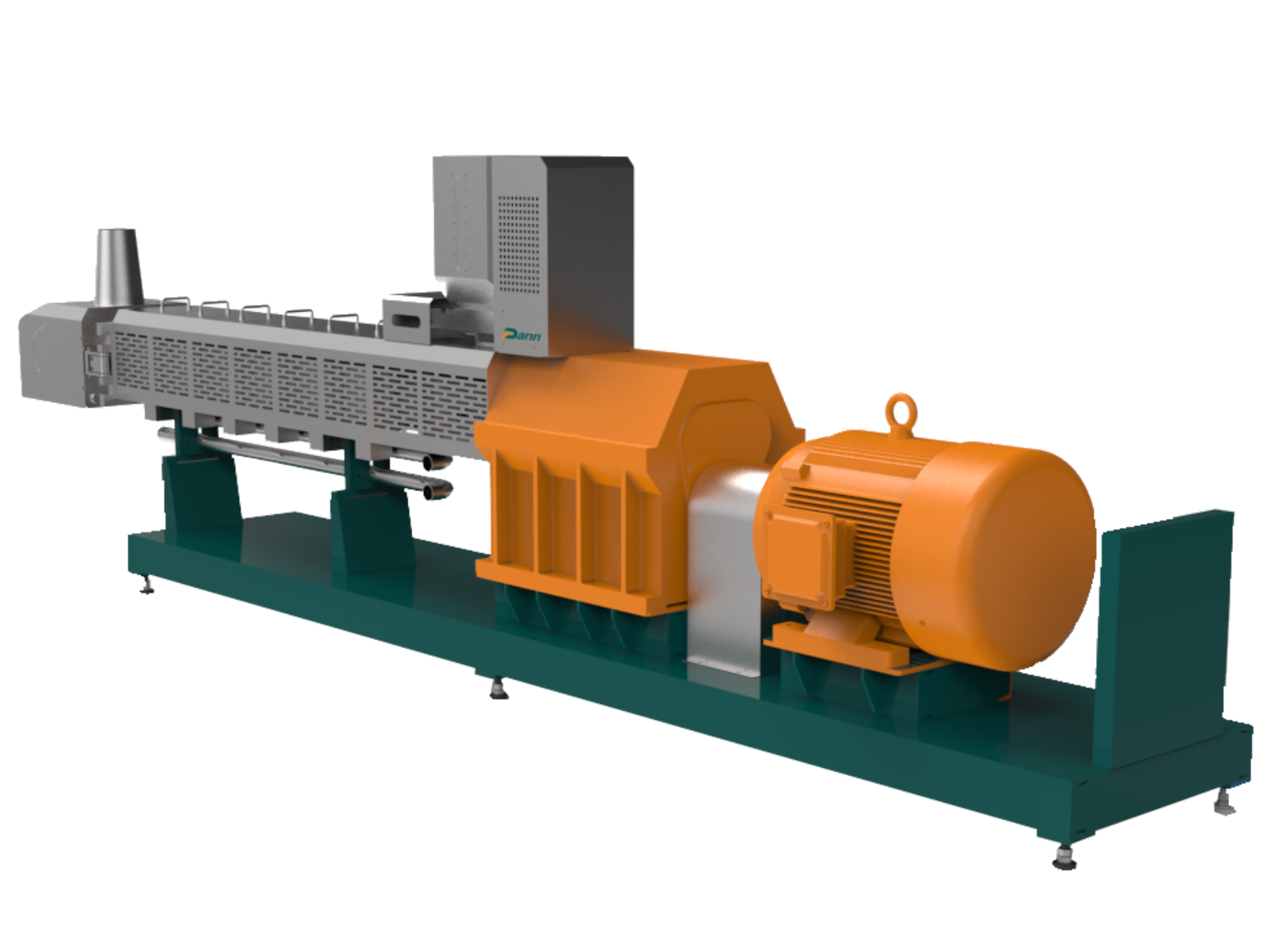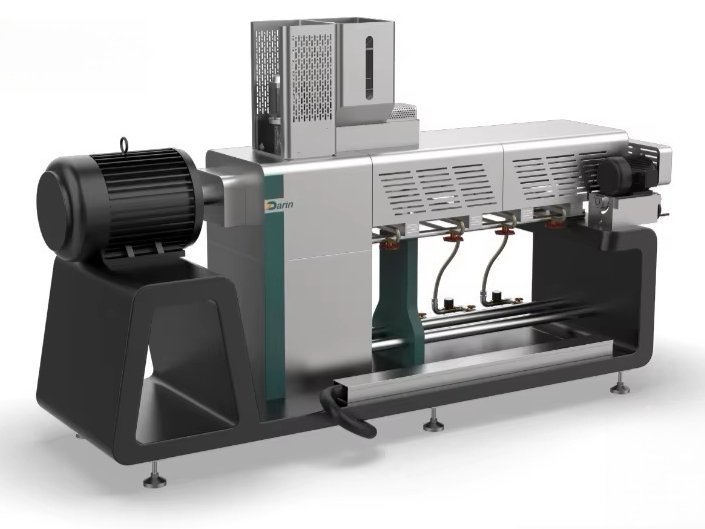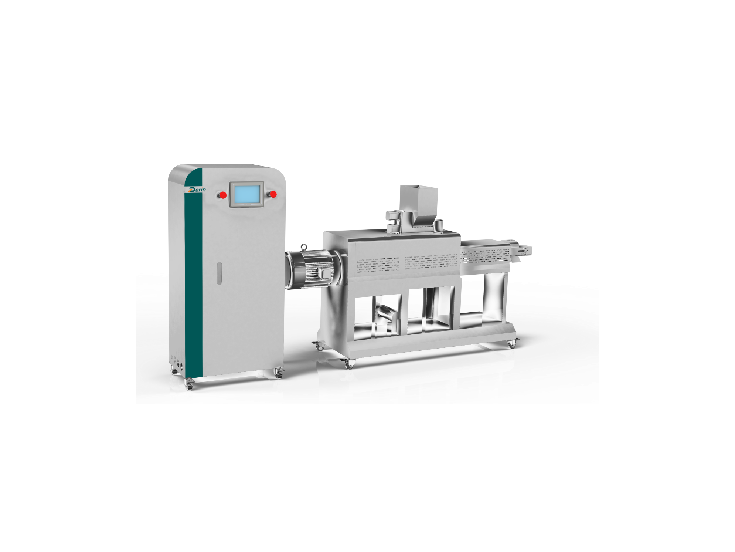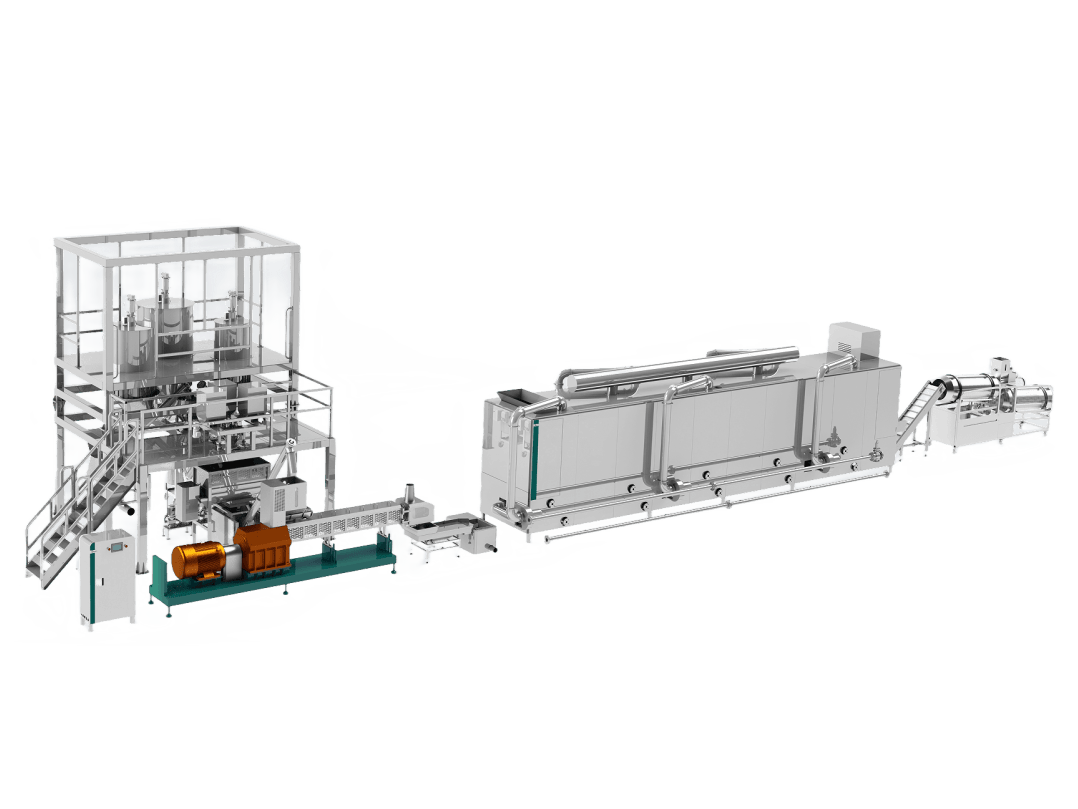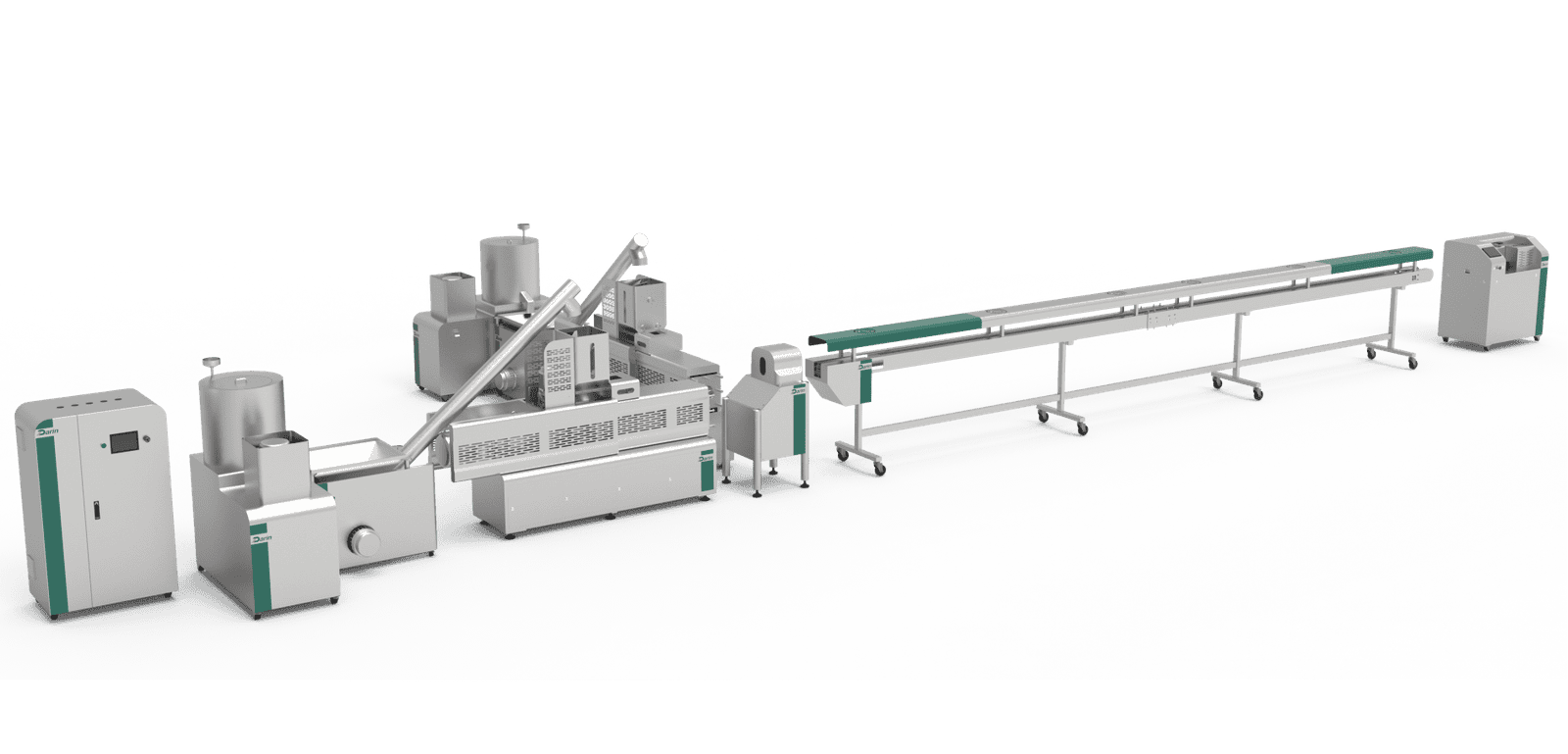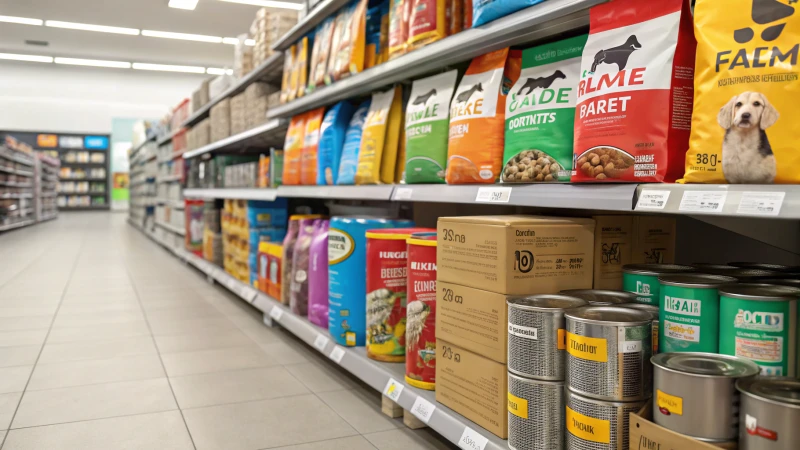
Starting a pet food store can be both profitable and meaningful — especially as global pet ownership continues to grow and pet parents demand high-quality, nutritious food for their furry companions. However, many entrepreneurs underestimate the importance of proper planning, compliance, and supplier relationships. Without a clear business model and reliable supply chain, even passionate pet lovers may struggle to stay profitable. The good news is that with the right steps and strategy, you can build a sustainable, reputable, and customer-loved pet food business from the ground up.
To start a pet food store, you need to research your market, register your business, find reliable suppliers or manufacturers, set up your store (physical or online), manage licenses and labeling compliance, and promote your brand through community engagement and online marketing.
Let’s go through each stage step by step — from concept to opening day — and see how you can establish a successful pet food retail business.
Starting a pet food store is not just about selling; it’s about trust, consistency, and quality assurance. Below, I’ll guide you through a detailed process that many professional store owners and distributors (including Darin Machinery’s clients) follow to launch and grow a thriving pet food business.
You can sell any type of pet food without registration or quality checks.False
Pet food products must comply with local food safety and labeling regulations, including ingredient transparency, nutritional adequacy, and batch traceability to ensure animal health and consumer trust.
Step-by-Step Guide to Starting a Pet Food Store
Step 1: Conduct Market Research
Before investing, study your local pet market. Analyze:
| Factor | Description | Example |
|---|---|---|
| Pet Ownership Trends | Number of households with pets | 67% of U.S. households own pets |
| Income Levels | Determines spending on premium brands | Urban areas often prefer grain-free or organic food |
| Competitors | Local stores, supermarkets, online shops | PetSmart, Petco, Amazon |
| Consumer Preferences | Dry vs. wet food, natural vs. synthetic | Organic & holistic products are trending |
💡 Tip: Use surveys or social media polls to learn what pet owners around you prefer — dog or cat food, economy or premium grade, local or imported brands.
Step 2: Choose Your Business Model
Decide what type of pet food business you want to run:
| Model | Description | Pros | Cons |
|---|---|---|---|
| Retail Storefront | Physical shop selling directly to pet owners | Customer loyalty, local reputation | Rent and staffing costs |
| Online Store (E-commerce) | Sell through website or platforms | Wider reach, low overhead | Requires digital marketing |
| Hybrid Model | Both online and offline | Maximize visibility | Higher management complexity |
| Wholesale Distribution | Sell to other stores or vet clinics | Larger volume | Requires warehouse and logistics |
Darin Machinery clients often combine online + local retail to maximize brand exposure and sales flexibility.
Step 3: Register Your Business & Legal Requirements
Depending on your country:
- Register your business name and tax number
- Obtain food or animal feed handling licenses (if repacking or manufacturing)
- Register your brand and trademarks
- Comply with pet food labeling laws — ingredients, nutrition, and expiry dates must be clear and truthful
| Requirement | Example |
|---|---|
| Business License | Local government / commerce department |
| Product Registration | Ministry of Agriculture or FDA equivalent |
| Label Standards | AAFCO (USA), FEDIAF (EU), GB/T (China) |
Step 4: Find Reliable Pet Food Suppliers
Partner with certified manufacturers or wholesalers to ensure product quality and supply stability.
When evaluating suppliers, check:
| Evaluation Item | Description |
|---|---|
| Certifications | ISO, HACCP, CE, GMP |
| Product Range | Dry, wet, treats, supplements |
| Minimum Order Quantity (MOQ) | Flexible for new stores |
| Delivery Capability | Fast, traceable logistics |
| Private Label Option | Your own branded packaging |
💡 Darin Machinery supplies pet food production lines, enabling entrepreneurs to produce private-label dog and cat food locally — a great long-term strategy to build brand independence.
Step 5: Choose Your Store Location and Layout
For a physical store:
- Pick a high-footfall area near residential or pet-friendly zones
- Plan shelves for different species and product types (dogs, cats, fish, birds)
- Add a small consultation or grooming zone to boost foot traffic
| Store Size | Ideal Layout | Remarks |
|---|---|---|
| 30–50 m² | Dog/Cat Food + Treats | Entry-level retail |
| 80–120 m² | Add Aquatic & Bird Feed | Medium-scale |
| 200+ m² | Multi-brand supermarket | Franchise model |
For online stores, focus on product photography, SEO, and fast delivery.
Step 6: Branding and Packaging
Your brand identity builds trust. Consider:
- Logo & Color Scheme that reflects pet care values
- Slogans that appeal to emotions (e.g., “Feed Love. Feed Health.”)
- Use eco-friendly or resealable packaging for convenience
| Branding Element | Example |
|---|---|
| Brand Name | “HappyPaws” |
| Tagline | “Nutrition That Loves Back” |
| Packaging Material | Matte kraft bags, zip-seal pouches |
| Visuals | Pet images + nutritional icons |
Step 7: Set Up Inventory & Point of Sale
Implement a POS system for managing sales, stock, and reordering. Choose suppliers offering automatic restock alerts and batch tracking for recalls or quality control.
| Software | Function | Example |
|---|---|---|
| POS System | Sales + Inventory | Square, Lightspeed |
| Accounting | Finance management | QuickBooks |
| CRM | Customer retention | Zoho, HubSpot |
Keep at least 3 weeks’ safety stock to avoid supply interruptions.
Step 8: Marketing and Customer Engagement
Your launch success depends on visibility and community trust.
Offline Promotion
- Host pet adoption or nutrition days
- Offer free samples or loyalty cards
- Partner with vets or pet grooming salons
Online Promotion
- Build a professional website with product pages
- Run Google Ads and local SEO for “pet food near me”
- Post informative content on Instagram, TikTok, and Facebook
- Offer subscription discounts for recurring deliveries
| Marketing Channel | Strategy Example |
|---|---|
| Social Media | Product videos, pet stories |
| SEO / Google | Blog posts on “best food for puppies” |
| Email Marketing | Monthly discounts & health tips |
| Influencer Marketing | Partner with local pet bloggers |
Step 9: Manage Operations & Customer Service
Consistency is key. Train staff to understand product differences — grain-free, hypoallergenic, age-specific — and handle returns or feedback with care.
| Operation | Best Practice |
|---|---|
| Shelf Rotation | FIFO (First In, First Out) |
| Product Quality | Check expiry and packaging integrity |
| Customer Loyalty | Membership points or monthly offers |
| Feedback Handling | Respond within 24 hours |
Step 10: Scale Up Your Business
Once established, consider:
- Expanding into own-brand pet food with Darin Machinery’s extrusion and packaging lines
- Adding pet accessories, toys, or health supplements
- Building franchise outlets or regional distribution
- Creating an online ordering app for repeat customers
| Growth Path | Investment Level | Profit Margin |
|---|---|---|
| Add New Product Lines | Low–Medium | +15–25% |
| Private Label Food | Medium | +30–50% |
| Franchise Expansion | High | +50–70% |
Case Study: Independent Pet Food Store Success
A Malaysian startup launched a hybrid pet food store in 2022, starting with imported dog food brands and gradually introducing their own label using Darin’s mini-extrusion line. Within 18 months, they achieved:
- Revenue growth: +220%
- Gross margin: 48% (after brand switch)
- Customer retention rate: 76%
Their success came from combining trusted brands initially with private label production later — allowing complete control over cost, quality, and branding.
Summary
Launching a pet food store requires clear strategy, compliance, and supply reliability. Whether you open a small local shop or aim for a global online brand, success depends on your ability to provide consistent quality, expert guidance, and customer trust. The most sustainable path forward is to integrate retail with your own private-label production — maximizing profit margins and brand loyalty.
CTA: Build Your Own Pet Food Brand with Darin Machinery
At Darin Machinery, we don’t just manufacture machines — we help entrepreneurs create their own pet food brands from concept to commercialization.
From dry kibble and treats to wet canned food, we offer complete turnkey lines, customized formulations, and hands-on support for startups entering the pet nutrition market.
📞 Contact us today to start your brand journey!
- Jinan Darin Machinery Co., Ltd.
🌐 www.petreatsmachine.com
📱 WhatsApp: +86 156 5000 7983
📧 Email: darin4@darin.cn
"Turn your passion for pets into a profitable brand — Darin Machinery helps you make it real."


